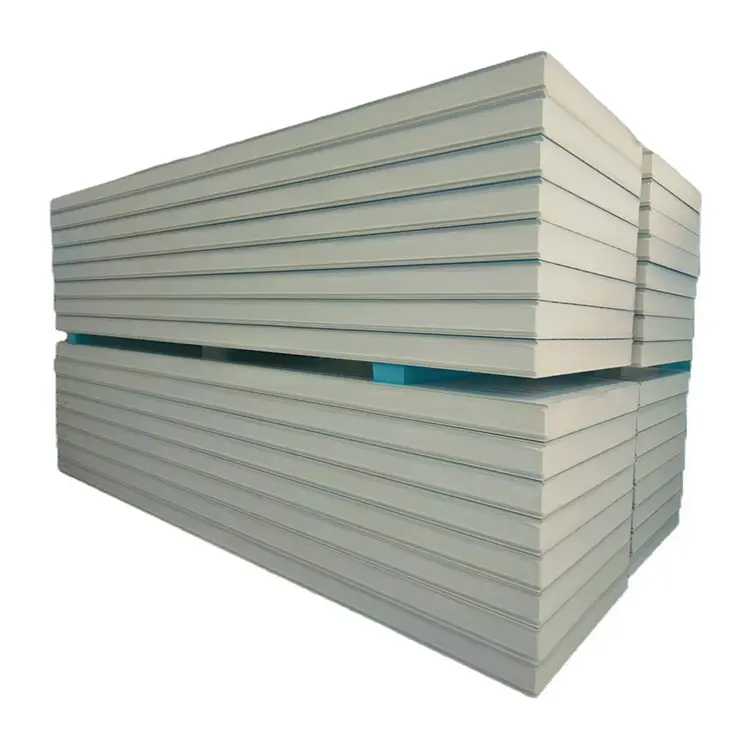Why Are PIR Insulation Panels Becoming the First Choice for Energy-Efficient Projects?
2025-06-27
In industrial construction, balancing safety, energy efficiency, and long-term cost savings has always been a challenge. As project requirements grow more demanding and building standards continue to evolve, materials that once seemed sufficient now often fall short. That’s where PIR Insulation Panels are reshaping the landscape, offering a reliable, high-performance solution that exceeds expectations.
The PIR (Polyisocyanurate) Insulation Panel developed by HANYORK stands out by delivering up to 30% higher thermal efficiency compared to conventional insulation panels. This means significantly reduced heat transfer, improved building energy performance, and lower ongoing operational costs — benefits that directly impact both short-term budgets and long-term profitability.
Beyond its energy-saving capabilities, PIR insulation offers a high level of fire resistance, an essential factor for contractors and buyers working on industrial projects where safety cannot be compromised. Its advanced material composition slows the spread of fire, helping to protect structures, equipment, and personnel in the event of an emergency.
For wholesale buyers and contractors, the efficiency of PIR panels translates into more than just technical advantages. Fewer panels are required to achieve the same level of insulation as standard options, leading to reduced material usage, simplified installation, and lower overall project costs. This makes them an ideal choice for large-scale applications, whether in factories, warehouses, or other energy-conscious industrial facilities.
As industries continue to prioritize sustainability, efficiency, and safety, PIR insulation panels are quickly becoming the preferred solution for forward-thinking construction projects. With proven thermal performance, reliable fire resistance, and cost-saving benefits, they represent a smart investment for any business looking to meet modern building demands without compromise.



